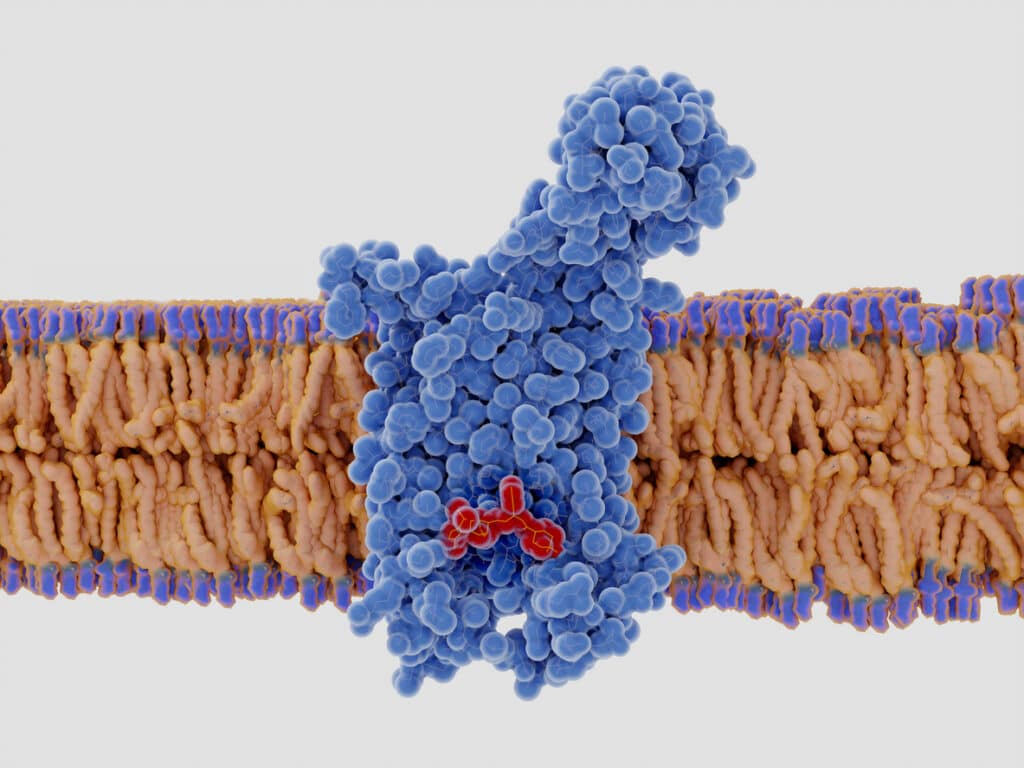Mice received various doses of maraviroc (5, 25, and 50 mg/kg body weight) into their abdominal cavity when autoimmune encephalitis signs first appeared.
THE RESULT?
- Maraviroc led to a marked decrease in the clinical score and improvement in behavioral muscle functions.
- Maraviroc significantly lowers inflammatory cells in the spinal cord, microgliosis, astrogliosis, pro-inflammatory cytokines, and cell death in these mice.
- Maraviroc appears to be well-tolerated. This drug is targeting CCR5 and could open up a new horizon in the treatment of MS.
Keywords: CCR5; Experimental autoimmune encephalomyelitis; Inflammation; Maraviroc; Multiple sclerosis.
Int Immunopharmacol. 2020 Mar;80:106138. doi: 10.1016/j.intimp.2019.106138. Epub 2020 Jan 30.Maraviroc attenuates the pathogenesis of experimental autoimmune encephalitis Sajad Karampoor 1, Hamid Zahednasab 2, Razieh Amini 3, Maryam Esghaei 1, Mohammad Sholeh 4, Hossein Keyvani
PMID: 32007705 DOI: 10.1016/j.intimp.2019.106138
Abstract
It has been shown that the blockade of chemokine receptor type 5 can dampen inflammatory reactions within the central nervous system (CNS). In the present study, we utilized maraviroc, a potent antagonist o CCR5, to examine whether this drug can mitigate neuroinflammation in the spinal cord of mice induced by experimental autoimmune encephalitis (EAE), considered a murine model of multiple sclerosis (MS).
For this aim, mice were immunized with myelin oligodendrocyte glycoprotein 35-55 (MOG35-55), followed by pertussis toxin to induce paralysis in EAE mice. The animals intraperitoneally received various doses of maraviroc (5, 25, and 50 mg/kg body weight) when the early clinical signs of EAE appeared.
The results demonstrated that the administration of maraviroc led to a marked decrease in the clinical score and improvement in behavioral motor functions. Moreover, our finding indicated that the administration of maraviroc significantly attenuates the infiltration of inflammatory cells to the spinal cord, microgliosis, astrogliosis, pro-inflammatory cytokines, and cell death in EAE mice. The flow cytometry data indicated a decreased number of CD4+ and CD8+ T cells in the peripheral blood of mice with EAE without affecting the number of T regulatory cells (CD4 + CD25+ forkhead box protein 3+).
Finally, it seems that maraviroc is well-tolerated, and targeting CCR5 could open up a new horizon in the treatment of MS.
Keywords: CCR5; Experimental autoimmune encephalomyelitis; Inflammation; Maraviroc; Multiple sclerosis.
James L. Schaller, MD, MAR. Author of 14 Tick Infection Medical Textbooks Author of #1 Bestselling Biofilm Textbook. Coauthor of 3 Mold Medical Textbooks. PersonalConsult.com Serving Florida, North America and Europe (239) 263-0133

